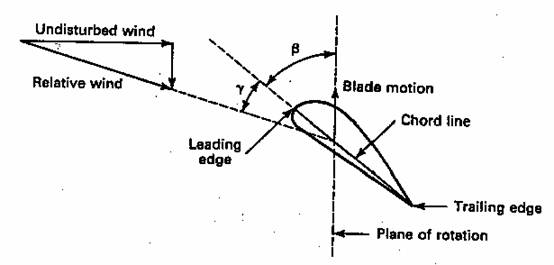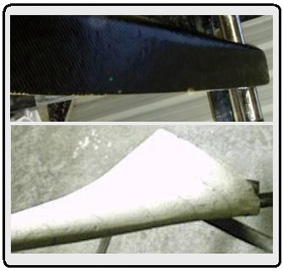





Wind Turbine Blade Manufacture
Manufacture of wind turbine blades involves making a choice about the materials (wood, plastic or composite) and this can determine your appropriate working techniques.
An economical fabrication process is a major design consideration for turbine blade construction. The construction is based on the available materials as well as your own experience.
Manufacturing plastic composite blades is performed by placing even packing or the layered addition of fibre glass (or other fibres) and saturating it polymer resin.
Manufacturing plastic composite blades is performed by placing even packing or the layered addition of fibre glass (or other fibres) and saturating it polymer resin.
After initiating polymer growth, the plasticising resin begins to harden into a mechanically robust solid composed of both plastic and structural fibres.
For small experiments, wood is still considered as a favourable option since waste minimal.
For small experiments, wood is still considered as a favourable option since waste minimal.
The weight of the final blade set should be considered. The effect of blade weight and radius contribute towards a combination of stresses on the generator and hub. Increases in fatigue are caused by vibrations of a heavier mass and a longer time is needed for a heavy object to reach high velocity due to the forces of the wind. Failures associated with heavier mechanical devices are also more difficult to manage.
The construction accuracy of airfoil dimensions (including angle and positioning along the blade) is only limited by ones personal experience and technique.
Blade strength (across radius span) is predictably more consistent when a single piece of material is used for the entire blade length.

Designs that have a wide chord length (closer to the root section) contribute large surface areas, making the construction process more expensive, but can provide a greater blade efficiency.
Plastic composite materials are can be more amendable to address these deficiencies. In case of errors, blade accuracy can be corrected at many stages throughout construction.



